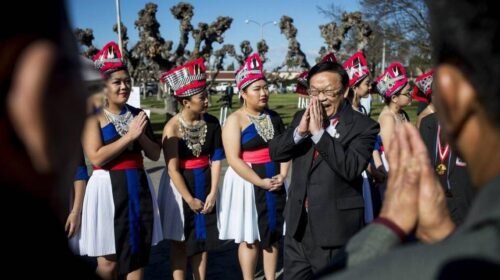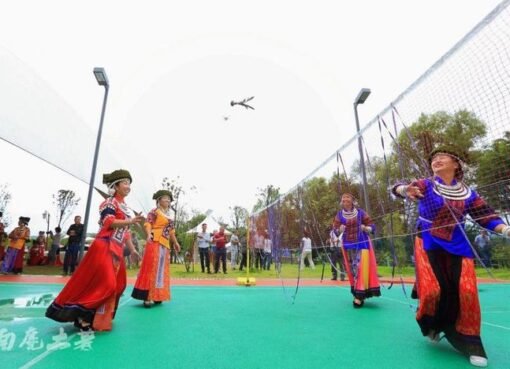The Hmong people, known as “Hmoob” in their own language, are a distinct ethnic group with a rich cultural heritage that spans centuries. Central to their identity is their unique language and writing system. In this article, we will delve into the intriguing world of the Hmong language and writing, shedding light on a culture deeply rooted in a linguistic tradition as vibrant as it is unique.
Who are the Hmong People (Hmoob)?
The Hmong, or Hmoob, are an indigenous group originating from the mountainous regions of Southeast Asia, including parts of China, Vietnam, Laos, and Thailand. Their history is deeply intertwined with these regions, where they have maintained their cultural identity, traditions, and, most notably, their unique language and writing system.
The Hmoob Language
The Hmong language, referred to as Hmoob in their native tongue, belongs to the Hmong-Mien language family. This family of languages is distinct from the major language families in Asia, such as Sino-Tibetan, Indo-European, and Austronesian, setting the Hmong language apart as a linguistic treasure in the region.
Within the Hmong language, there exist several dialects, and their variations can be significant from one region to another. The two primary dialects are White Hmong (Hmoob Dawb) and Green Hmong (Hmoob Ntsuab). While these dialects may differ in pronunciation, vocabulary, and certain grammatical structures, they share a common written script.
The Hmoob Writing System
The Hmong writing system, or “Ntawv Hmoob,” is an essential element in the preservation of Hmong culture and language. Ntawv Hmoob is not just a script; it is a testament to the Hmong people’s determination to maintain their linguistic and cultural heritage.
Ntawv Hmoob, in essence, is an indigenous script specifically designed to represent the Hmong language. It operates as an abugida, a writing system where each character represents a consonant with an inherent vowel sound, while other vowel sounds are indicated using diacritic marks. This script is written from left to right and features a distinctive, curvilinear style.
One of the most distinguishing features of Ntawv Hmoob is its meticulous representation of tone markings. The Hmong language is tonal, meaning that the meaning of a word can change based on the pitch or tone of pronunciation. Ntawv Hmoob is indispensable in capturing these tonal nuances, thereby ensuring the integrity of the language.
Cultural Significance of Ntawv Hmoob
Ntawv Hmoob transcends its function as a writing system; it is deeply interwoven with the culture and history of the Hmong people. Before its creation, Hmong culture was primarily oral, relying on spoken word to preserve their history and stories.
With the advent of Ntawv Hmoob, Hmong writers and scholars have been able to document their culture, traditions, and history in a written form. This script has also facilitated the education of Hmong children in their native language, ensuring that they can continue to speak and write in Hmong while also learning the languages of their respective countries.
Challenges and Future Prospects
Despite its immense cultural significance, Ntawv Hmoob faces certain challenges. Its use and recognition outside of Hmong communities remain limited. The survival of this script depends on the continued cultural transmission of knowledge.
To address this, efforts are being made to promote and preserve Ntawv Hmoob, including its introduction in Hmong schools and cultural programs. The digital age and the internet have also opened doors to the wider dissemination of Hmong literature and resources, potentially aiding in the preservation and promotion of the script.
In conclusion, the language and writing system of the Hmong people, or Hmoob, stand as crucial aspects of their rich cultural heritage. Hmoob, with its diverse dialects, and Ntawv Hmoob, are the cornerstones of the Hmong identity and heritage. As the Hmong community navigates the challenges of the modern world, their language and script continue to serve as symbols of cultural resilience, connecting them with their ancestral roots.
#3Hmoob #Hmong #Hmoob








Comment here
Bạn phải đăng nhập để gửi bình luận.